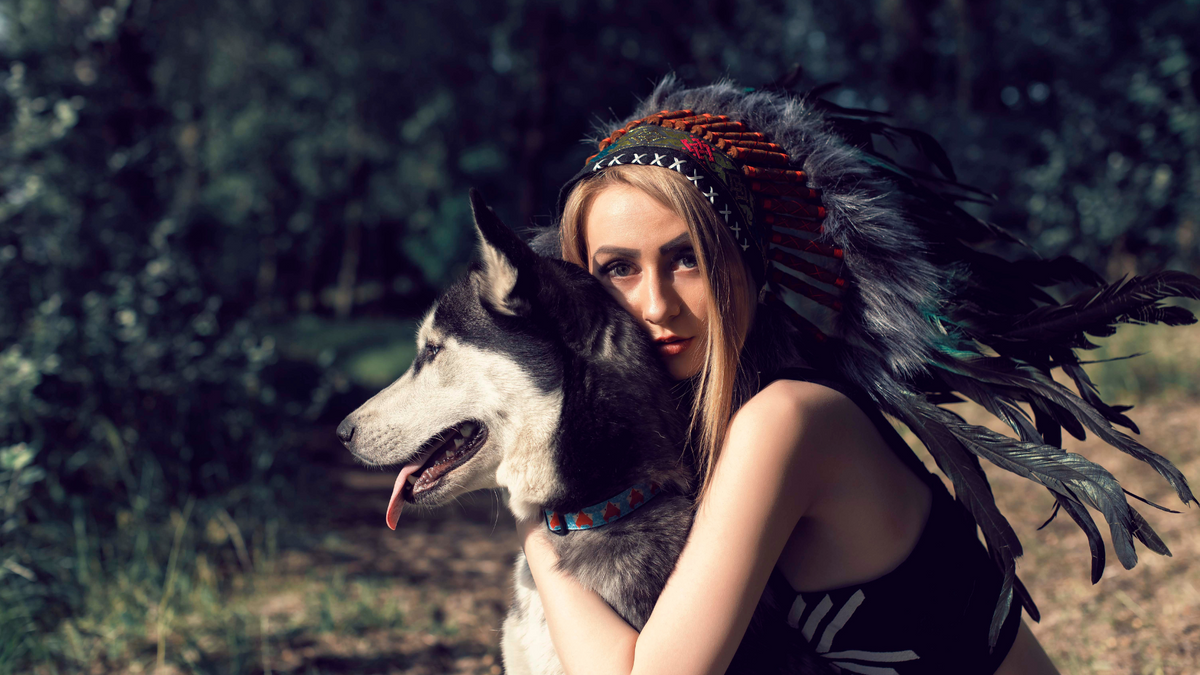
An Indigenous Horror: 'Native American-Inspired' Knockoffs on Amazon
|
|
Time to read 3 min
|
|
Time to read 3 min
Disclosure: As an Amazon Associate and sharing affiliate links I earn from qualifying purchases. All opinions are my own. "Never Whistle at Night" - #ad - https://amzn.to/3IahMvZ

Warning: by clicking this link you will be redirected to Amazon - (paid link) - https://amzn.to/3wpifYB (NOT RECOMMENDED FOR PURCHASE) - Pictured above "Native American Inspired Warrior Costume, Small"
Wander into Amazon’s ‘Native American-Inspired’ section, and you’ve entered a scene that makes those low-budget horror movies look Oscar-worthy by comparison. It’s so blatantly inauthentic, it's almost laughable—almost. It's too bad the likes of Anna Wintour weren't Native; the sight would not just make her choke but she’d probably challenge Jeff Bezos to a cage match to end this horror show of cultural appropriation.

Of course the first Native American-Inspired horror I stumble upon is a spectacle that would make even the most stoic of spirits facepalm: "The World of Feathers Native American Indian Inspired Feather Headdress." - (paid link) - https://amzn.to/3uyXVDK - click link if you dare see what they are charging for this thing...(NOT RECOMMENDED FOR PURCHASE)

This headdress, adorned with what can only be described as a flock's worth of misrepresented culture, is a far cry from anything authentic.
DISCLAIMER: My official review of "The World of Feathers Native American Indian Inspired Feather Headdress" is I do not recommend you purchase this product. It is cultural appropriation at its finest. Being photographed in any headdress could have real life complications and could cause you to lose work opportunities and impact important relationships. You've been warned!
Online shopping has become an inescapable reality of modern life, offering unparalleled convenience but also presenting new challenges in preserving cultural integrity. It's crucial for authentic Indigenous businesses and artists to assert their rightful place within these digital marketplaces, ensuring that their voices are heard and respected amidst the cacophony of commerce.
Black Cotton T-Shirt - Eagle Feathers by Nikki LaRock, Coast Salish
Just when I thought my journey through Amazon's 'Native American-Inspired' section was becoming predictably disheartening, an eerie twist emerged from the shadows. Among the endless aisles of faux atrocities, I unearthed a genuine gem that felt almost too fitting for this horror-themed blog post: "Never Whistle at Night," an anthology of Indigenous horror stories by Shane Hawk (Cheyenne-Arapaho), Theodore C. Van Alst Jr.(Mackinac Bands of Chippew). It's an ironic revelation—my quest for authenticity leading me straight to a collection that explores the very essence of fear and folklore within Indigenous cultures.

"Never Whistle At Night," Shane Hawk (Cheyenne-Arapaho), Theodore C. Van Alst Jr.(Mackinac Bands of Chippew) - #ad - https://amzn.to/3IahMvZ
Intrigued and eager, I'm diving into "Never Whistle at Night," ready to immerse myself in its pages. My review will follow in a new blog post, offering insights and reflections on this authentic work.
But the journey doesn't stop here. I'll also be continuing my hunt for other authentic Indigenous pieces on Amazon, determined to shine a light on the real over the replicated.
Stay tuned as this series unfolds, where each find will be a story of discovery, a testament to the resilience of Indigenous culture in the digital age. Together, we'll learn, uncover, and support genuine Indigenous creativity—one click at a time.
TwoChiefs Online Catalogue - click here
"Never Whistle at Night" - Amazon #ad - https://amzn.to/3IahMvZ